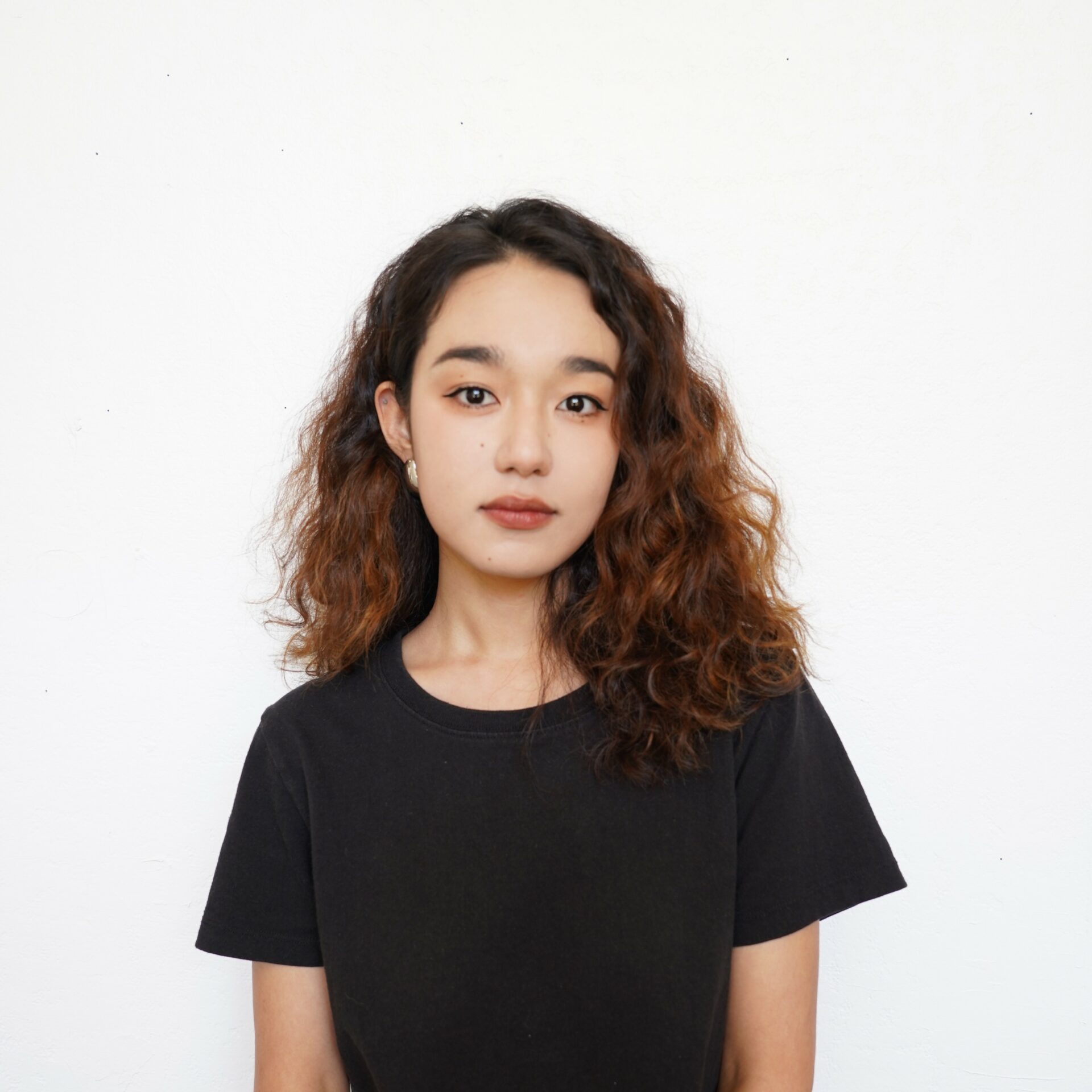Alright – so today we’ve got the honor of introducing you to . YIMAN. We think you’ll enjoy our conversation, we’ve shared it below.
Hi ., really happy you were able to join us today and we’re looking forward to sharing your story and insights with our readers. Let’s start with the heart of it all – purpose. How did you find your purpose?
The quest for purpose is a multifaceted journey, and it manifests differently for each individual. People often discover their purpose through various avenues, such as relationships, careers, hobbies, spirituality, or contributions to their communities and the world at large. This process is complex and ever-evolving. Allow me to share my personal journey of how I found my calling and how it aligns with my life’s purpose.
When a child, I happened to hear a song on the radio that sounded more than beautiful, so I asked my father what a song it was. My father said it was Michael Jackson’s Heal the World. I didn’t understand why the Earth had to be healed. He explained that I was fortunate to be born in a time of peace and stability, free from the ravages of war and famine that still afflicted countless people. This conversation planted a seed in my heart—a desire to make the world a better place, beginning with the resources within my reach.
Before entering college, amidst rigorous preparations for the highly competitive college entrance exams, I still tried to explore various areas of interest. I immersed myself in the study of vocal music and piano, aiming to spread beauty and inspiration through music. I engaged with charitable organizations, offering assistance to the elderly and the underprivileged. I delved into sports, organizing athletic events to promote health and well-being. However, I felt compelled to do more. My acceptance into the top university in China, Tsinghua University, provided me with an exceptional platform to enact change. In my second year, I switched my major to architecture, despite starting a year behind my peers. Although the road was challenging, I am grateful for this choice.
Throughout my educational journey, my understanding of architecture deepened. I recognized that the essence of architecture lies in its people-centric approach. Architectural transformations in urban environments are influenced by human behavior and evolving needs. Understanding the role of architects in this rapid development became paramount. People value individuality and self-expression, and it is the architect’s duty to foster human activity and innovation. Architects must harness their expertise and aesthetic sensibilities to create inclusive, forward-thinking designs.
Motivated by this realization, I sought education in different cultural contexts, coming to the United States for my graduate studies and gaining experience at various design firms. My mission became clear: to infuse rational and humanistic thinking into architectural design, ensuring that buildings resonate with practicality, cultural expression, aesthetic beauty, and a people-centric philosophy. My goal is for those who experience and use these buildings to feel the positive changes and impacts they bring to their lives.
In essence, architecture, for me, is not just about creating structures; it’s about sculpting spaces that enrich the human experience, embodying a vision of a more harmonious world.
Thanks for sharing that. So, before we get any further into our conversation, can you tell our readers a bit about yourself and what you’re working on?
After completing my degree, I had the privilege of working at Morphosis Architects, an acclaimed interdisciplinary architectural and design firm recognized with a Pritzker Prize. Presently, I am employed at Andmore Partners, an award-winning architectural design studio based in Los Angeles. While working at Morphosis Architects, I had the honor of collaborating closely with one of the Partners on an architectural design competition in the Middle East and a conceptual design project for a local museum. Despite being a recent graduate, I was fortunate to work with seasoned and highly skilled colleagues. I independently developed two conceptual designs for the competition, delving into intricate details and even contributing to the creation of design drawings. The studio’s commitment to innovation and respect for fundamental concepts provided a nurturing environment for my creative growth, enabling me to use design as a response to the ever-evolving social, cultural, political, and technological landscape.
My experience at Andmore has underscored the transformative power of collaboration. The studio thrives on a collaborative, synergistic approach driven by a profound curiosity that unlocks further potential. In smaller-scale projects, the emphasis is on meticulous design, ensuring that even the smallest details contribute significantly to the overall human experience. This approach is geared toward creating meaningful spatial environments that enhance the lives of those who inhabit them.
If you had to pick three qualities that are most important to develop, which three would you say matter most?
Open-Mindedness: Actively listening to others’ ideas broadens your perspective and leads to enlightenment.
Critical Thinking: Efficiently process and integrate information to develop your unique ideas.
Practice: Mastery comes from continuous practice and hands-on experience to build your knowledge framework.
Who is your ideal client or what sort of characteristics would make someone an ideal client for you?
In the realm of architectural design, the ideal client demonstrates a profound appreciation for the creativity and dedication invested by the designer. This client possesses a comprehensive understanding of the building’s essence, recognizing that the outcome extends beyond mere structural functionality. It encompasses the expression of art, visual experience, professional mastery, and care for people.
The following points are also important.
Clear Vision: An ideal client has a well-defined vision for their project. They can communicate their goals, requirements, and expectations effectively.
Long-Term Perspective: They understand the long-term implications of design decisions and prioritize sustainability, functionality, and future needs.
Project Commitment: They are committed to seeing the project through to completion and understand the time and effort required.
Appreciation for Design: They value good design and are willing to invest in quality and aesthetics.
Contact Info:
- Instagram: @yimieg
- Linkedin: Yiman YIMAN
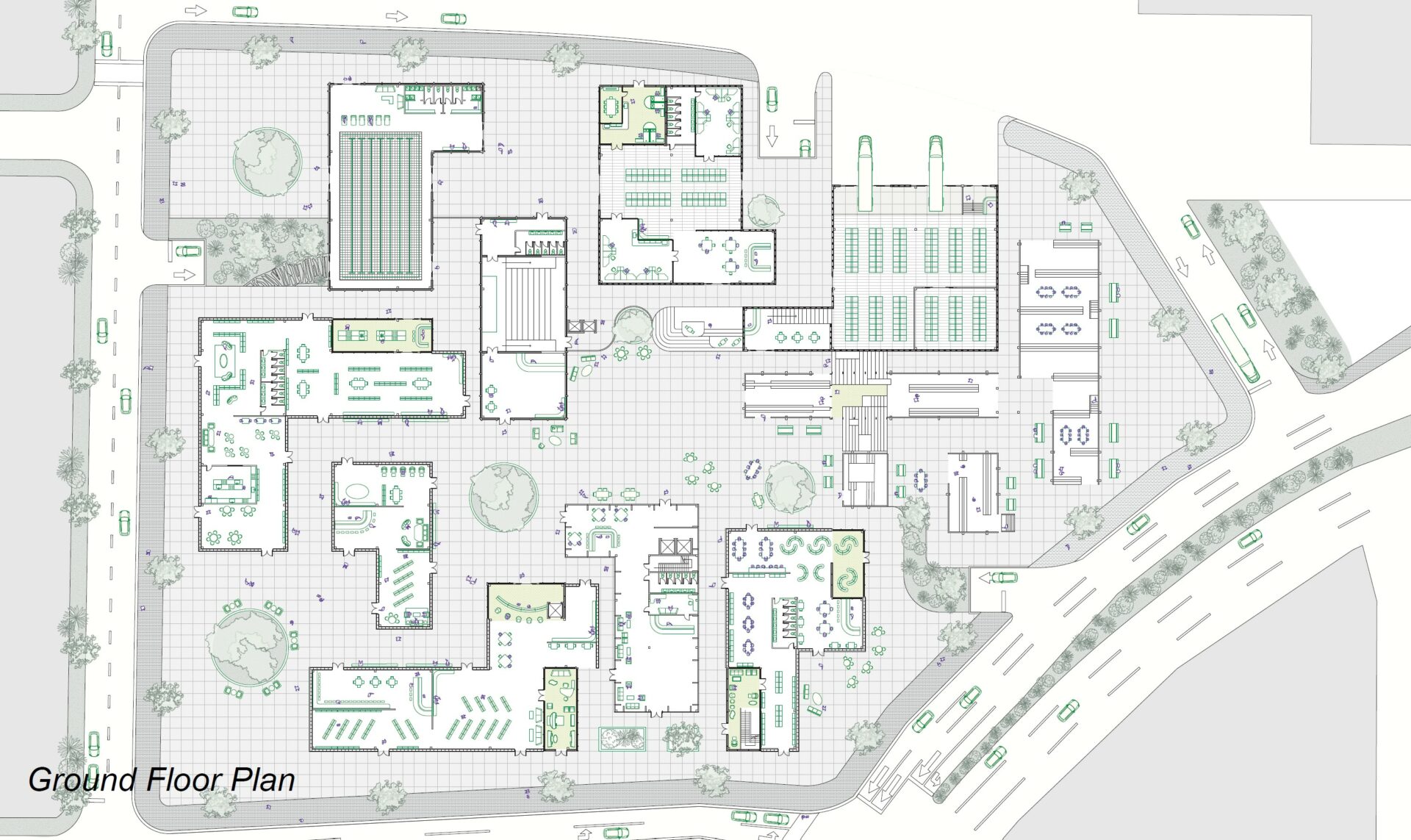
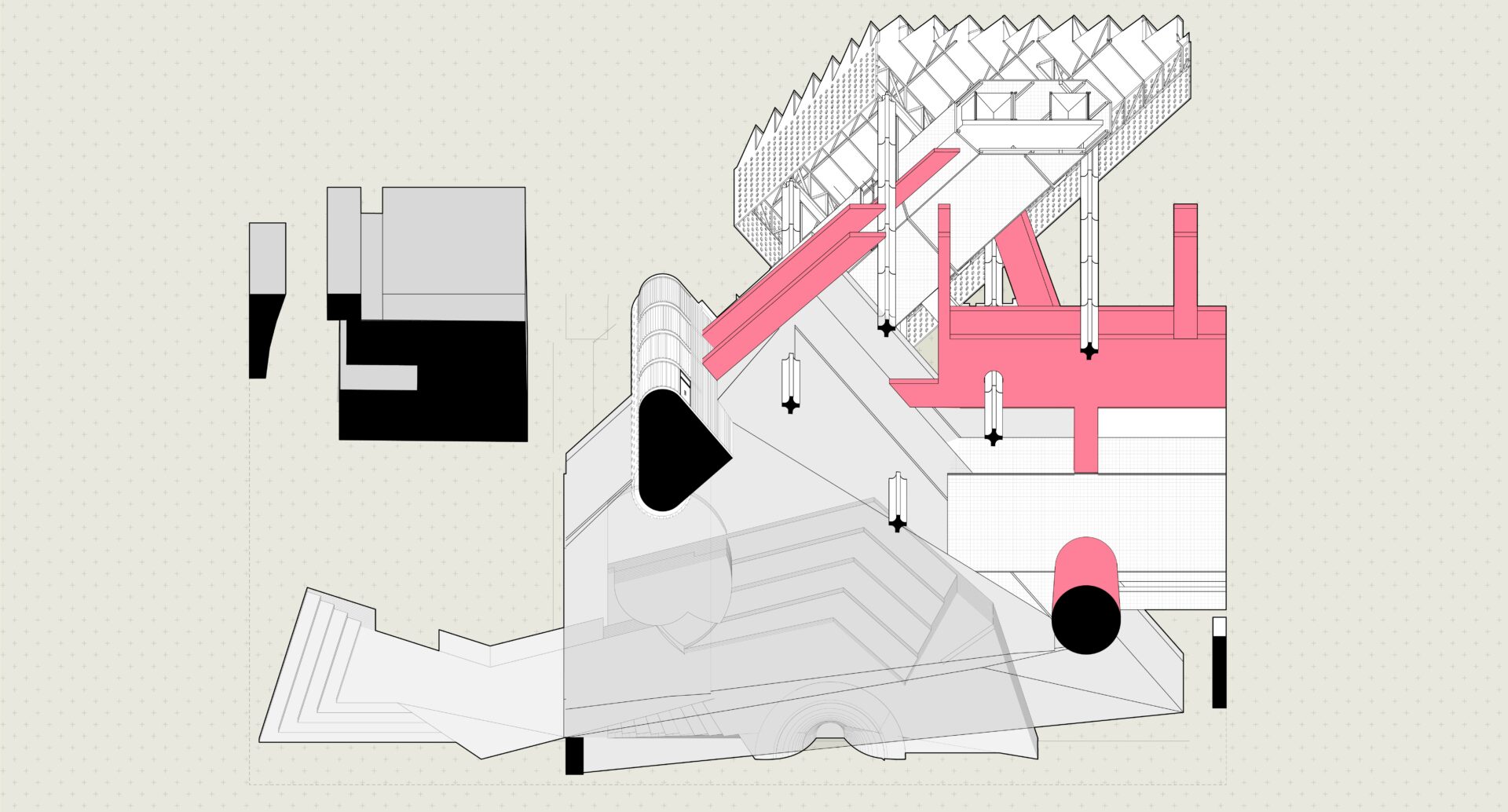
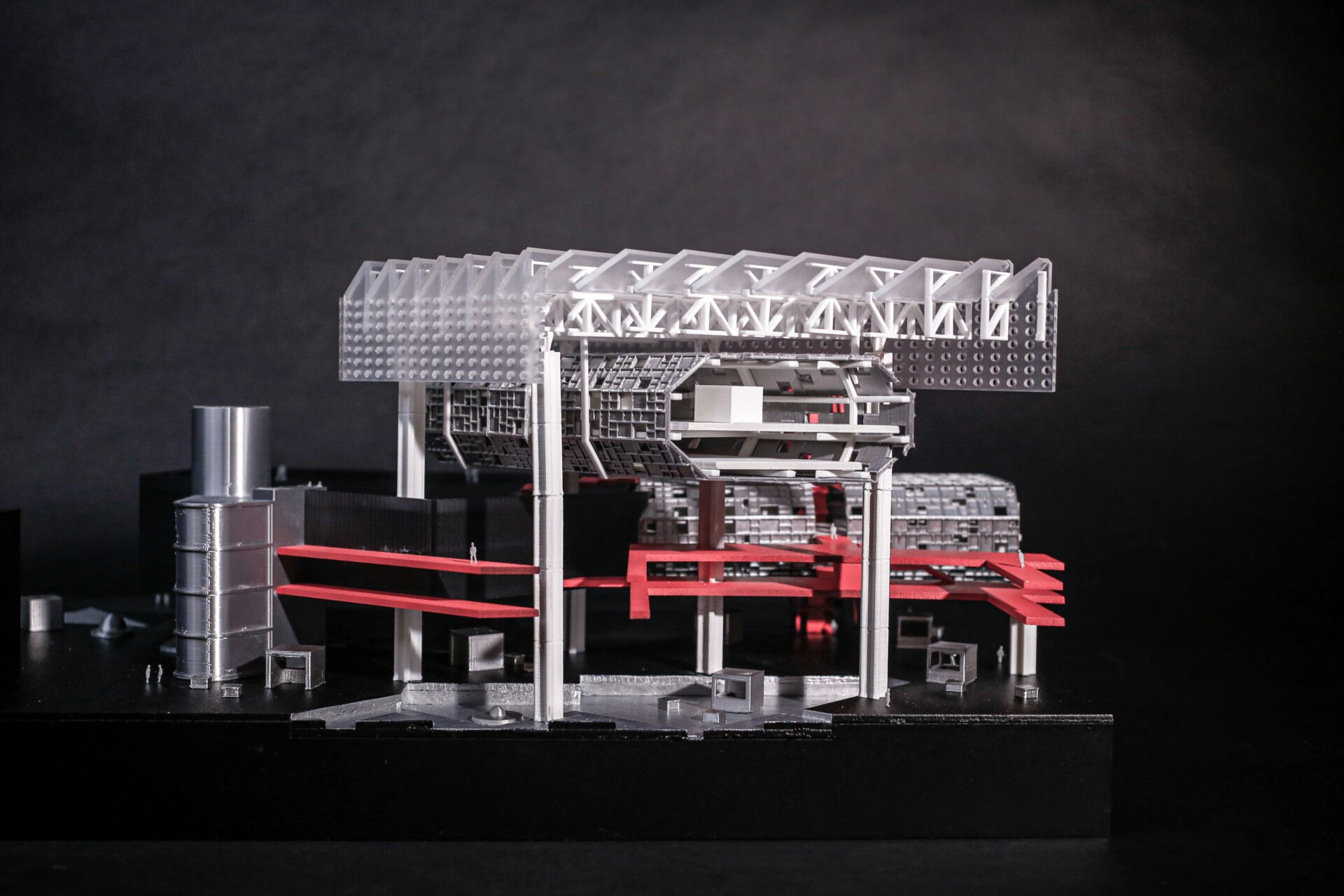
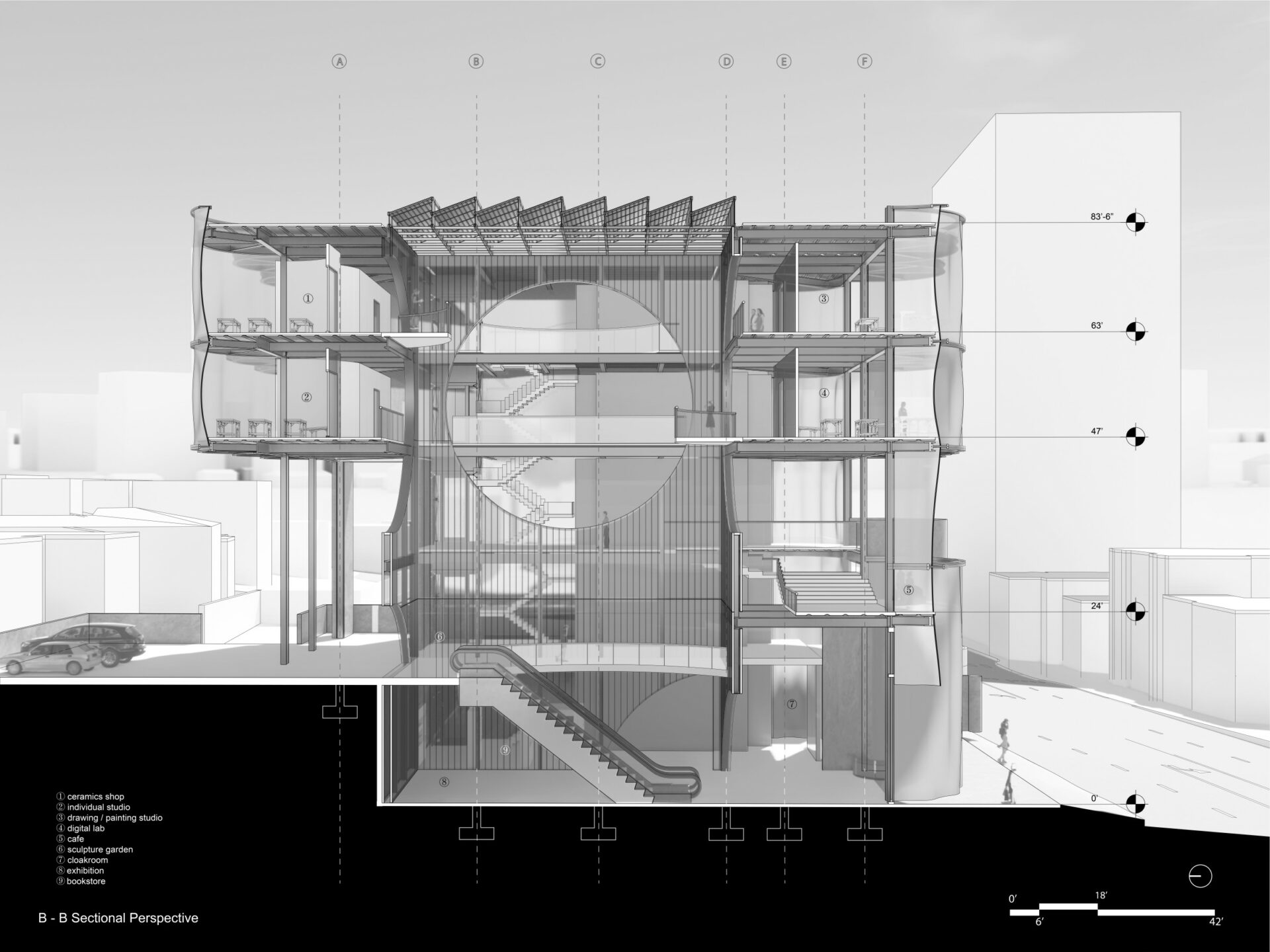
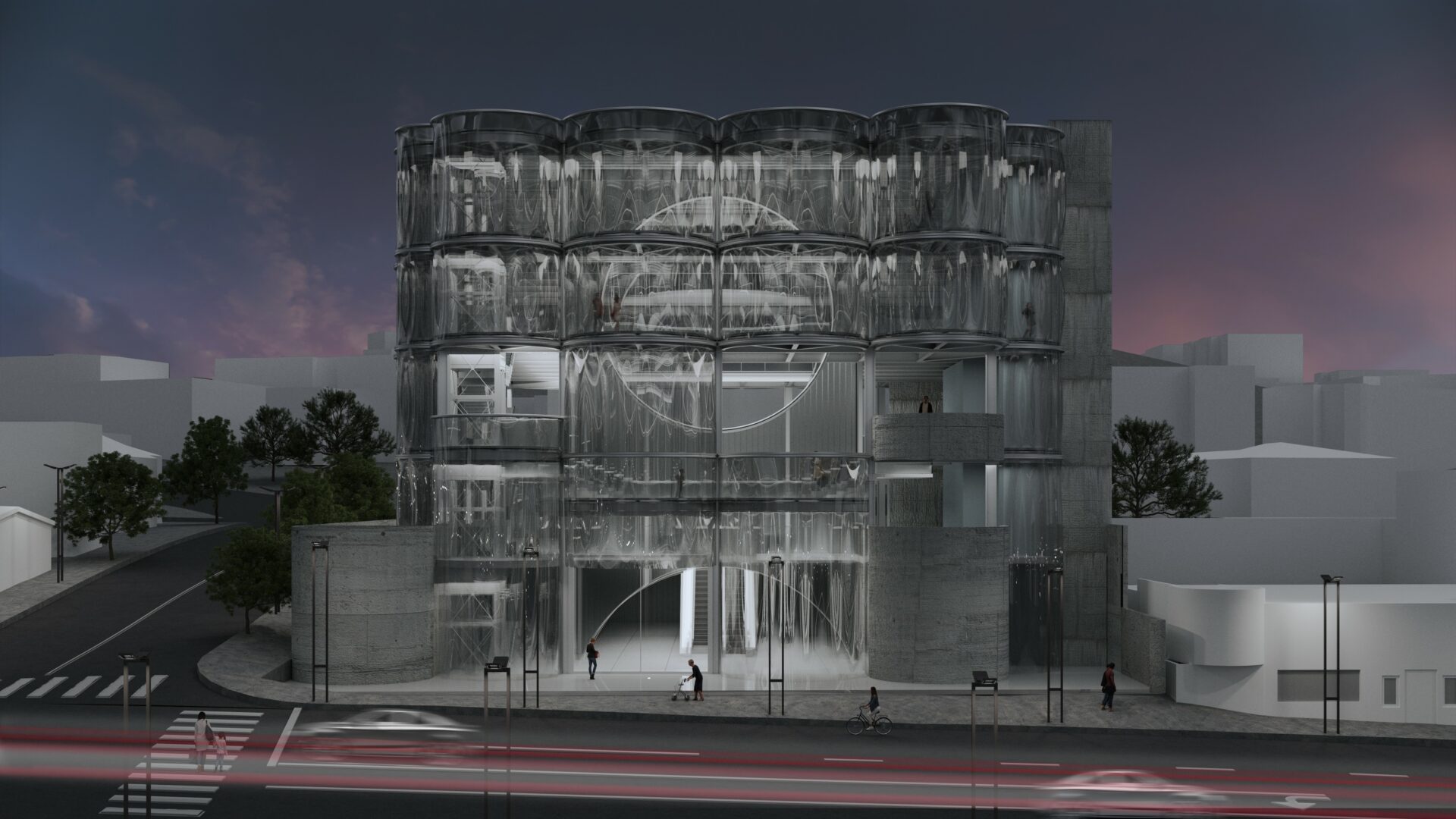
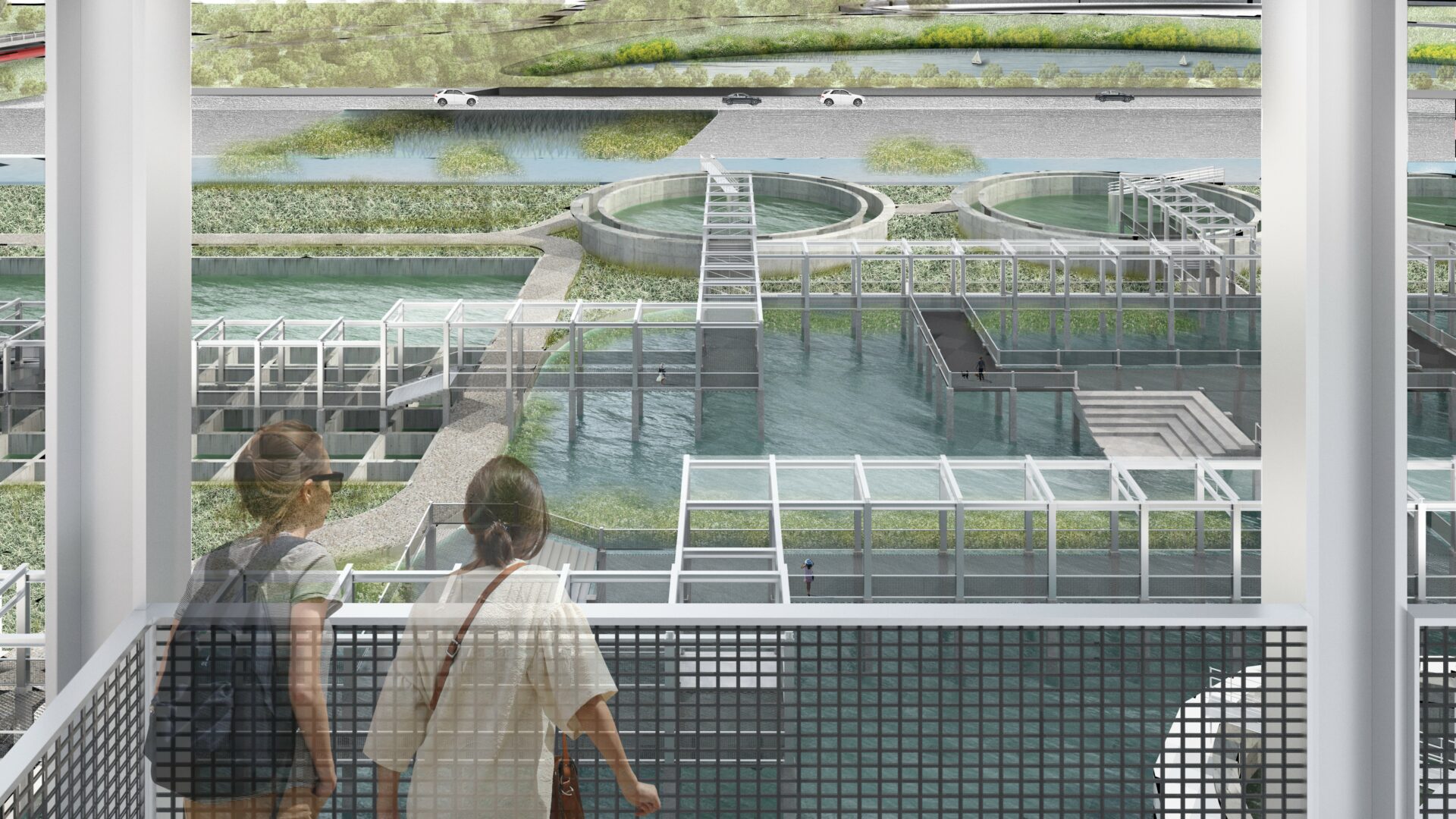
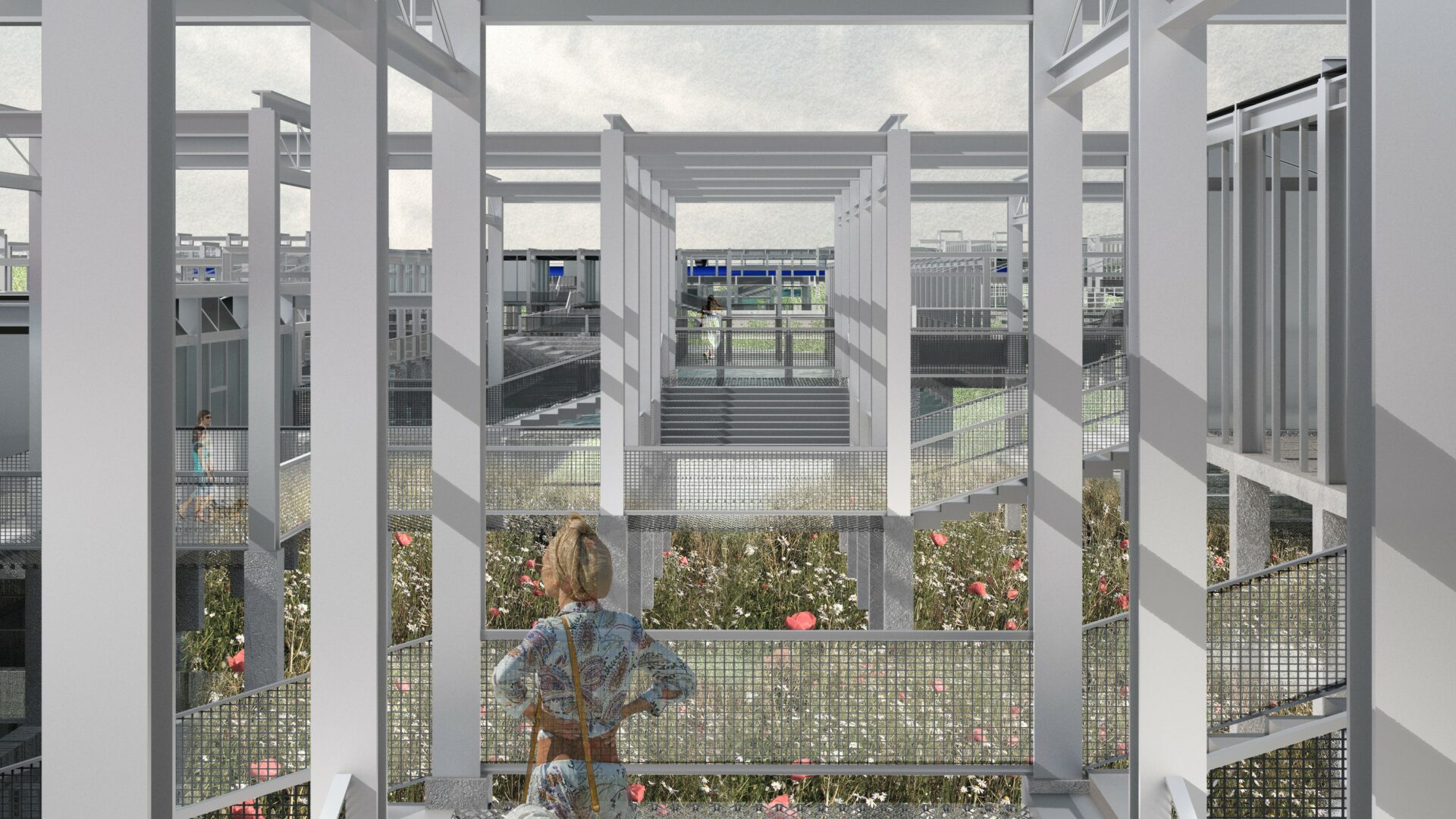
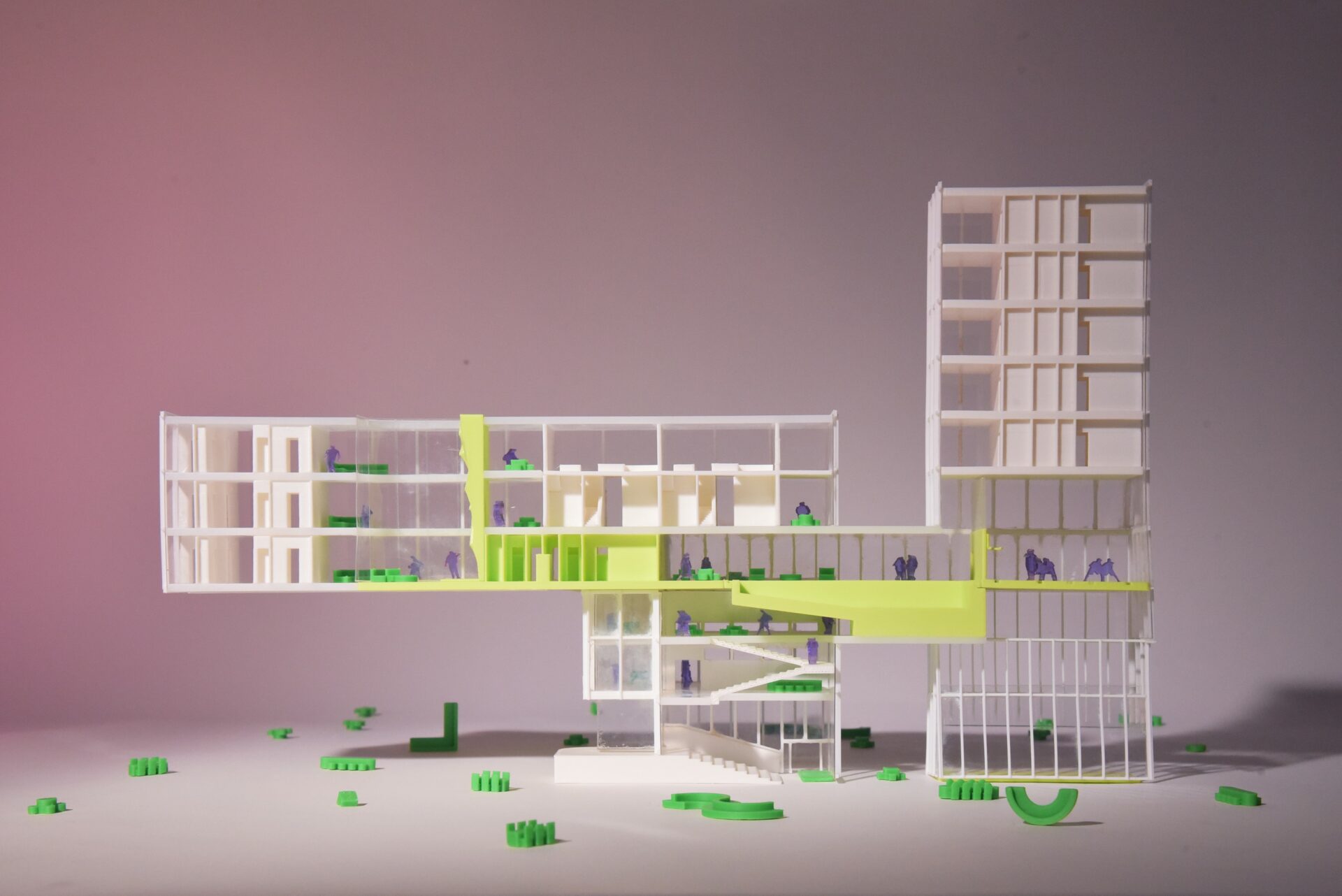
Image Credits
Yiman

